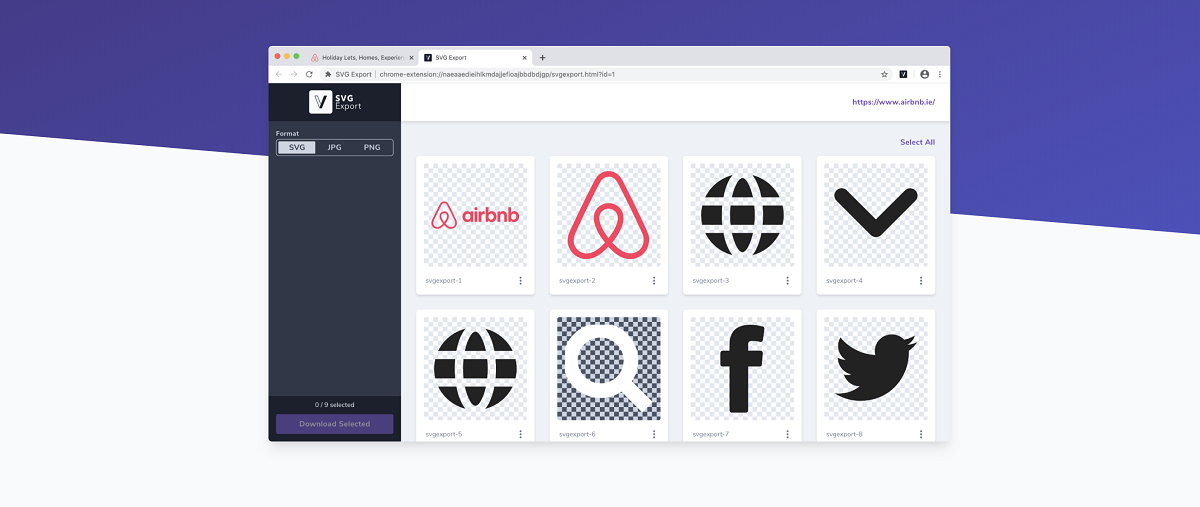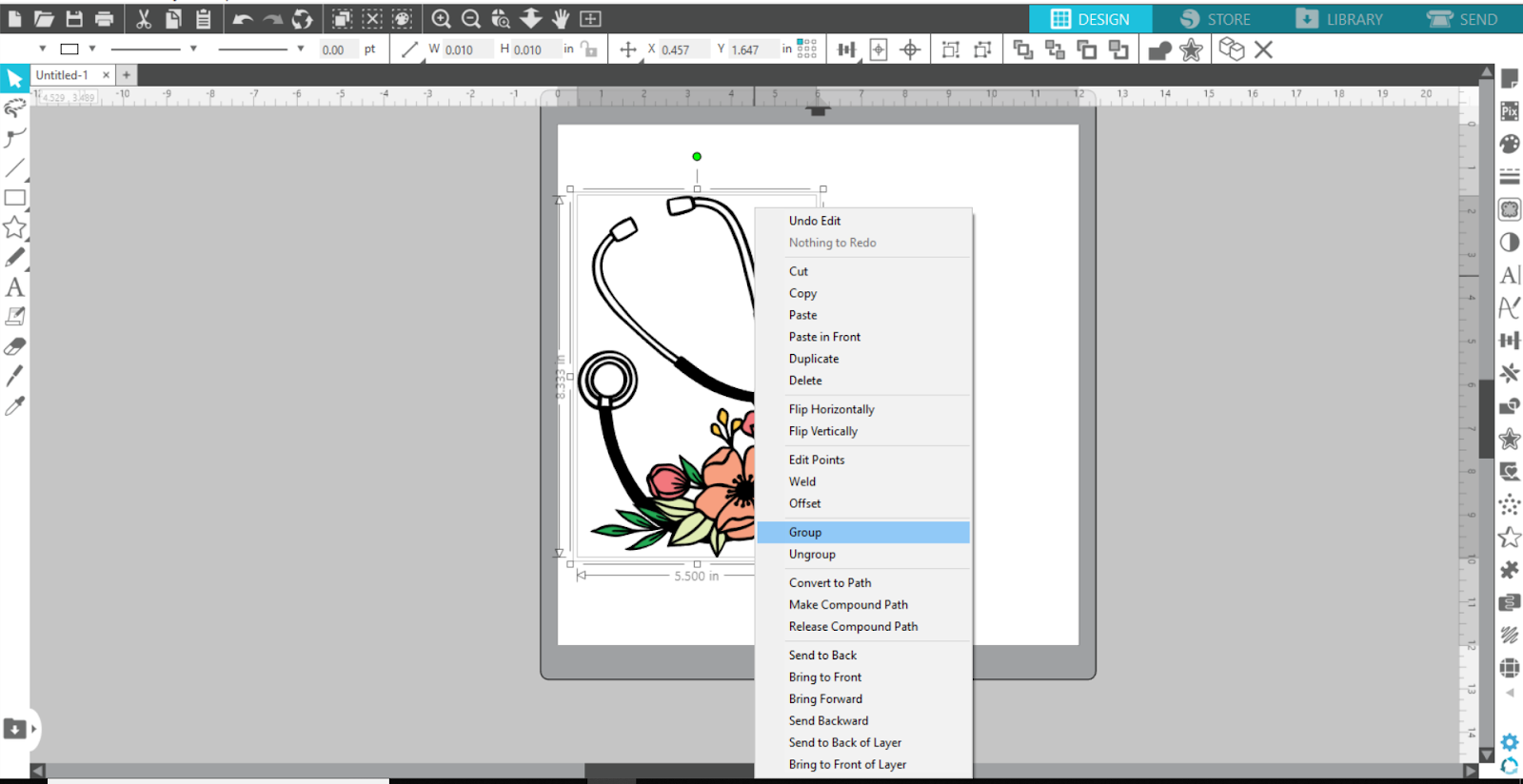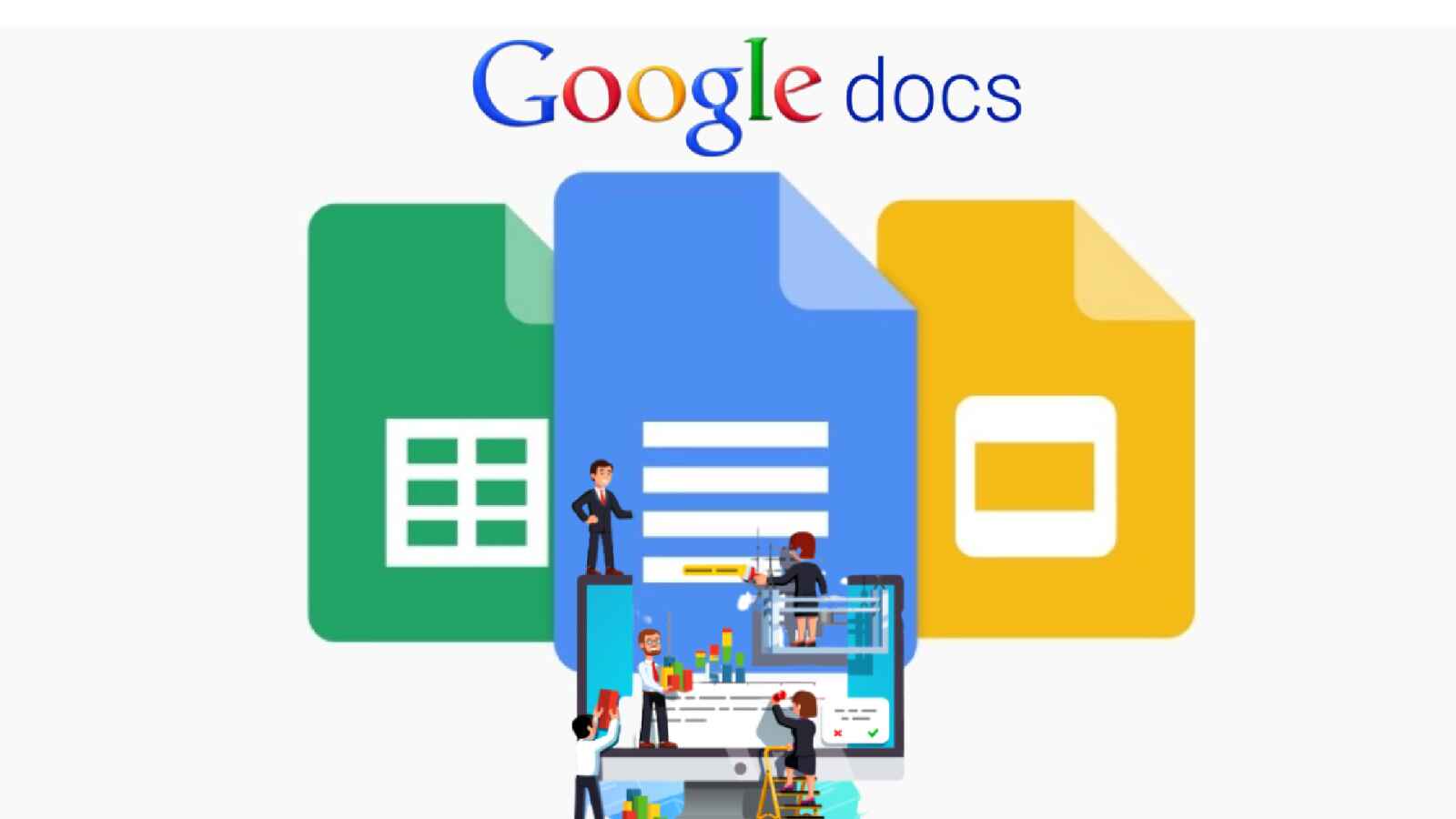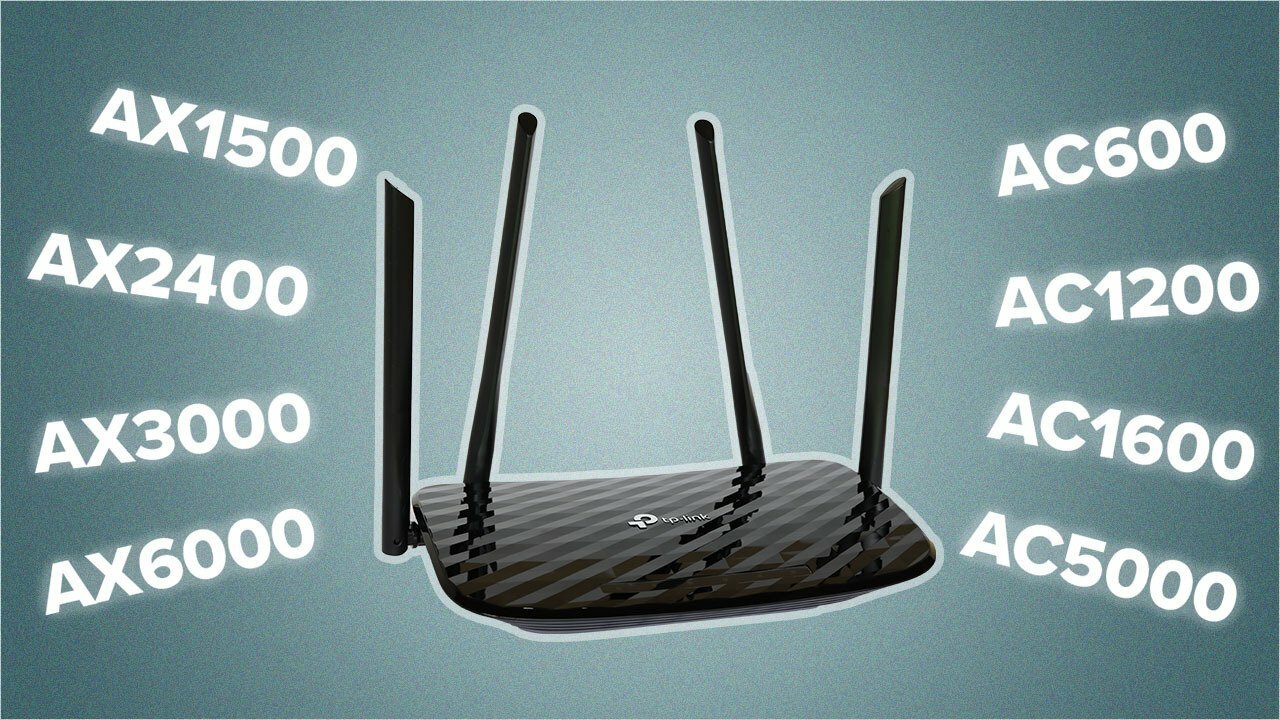Introduction
Welcome to the world of Scalable Vector Graphics, popularly known as SVG. In today’s digital age, where visual content plays a crucial role in grabbing attention and conveying information, SVG has become an indispensable tool. Unlike traditional image formats, SVG allows for resolution-independent and scalable graphics that can be rendered flawlessly on any device or screen size.
So, what exactly is SVG? Scalable Vector Graphics is an XML-based markup language that describes two-dimensional vector graphics. This means that the graphics created using SVG are composed of mathematical equations and lines, allowing them to be resized without losing any quality.
Now, you might be wondering why you would want to download SVG files in the first place. Well, the benefits are aplenty. Firstly, SVG files are lightweight, making them ideal for web design as they load quickly and don’t slow down page performance. Secondly, SVG graphics can be easily edited and customized using various software programs, enabling you to tailor them to your specific needs. Lastly, SVG files are compatible across multiple platforms and can be easily integrated into different projects.
In this article, we will explore various methods by which you can download SVG files and harness the power of scalable vector graphics.
What is SVG?
Scalable Vector Graphics, commonly referred to as SVG, is an XML-based markup language that defines two-dimensional vector graphics. Unlike raster-based image formats such as JPEG, PNG, or GIF, which are made up of pixels and lose quality when scaled, SVG graphics are composed of mathematical equations and lines, allowing them to be scaled infinitely without pixelation or loss of detail.
SVG files consist of a collection of shapes, paths, and text, which are defined by XML tags and attributes. These elements can be styled with CSS to control their appearance, giving designers and developers full control over the visual aspect of the graphics.
One of the key advantages of using SVG is its scalability. Whether you’re viewing an SVG image on a small mobile device or a large desktop monitor, the image will always remain crisp and clear. This makes SVG a popular choice for responsive web design, as the graphics can adapt to different screen sizes and resolutions seamlessly.
In addition to scalability, SVG also supports interactivity and animation. By adding JavaScript or CSS animation properties to SVG elements, you can bring your graphics to life with smooth transitions, hover effects, and interactive elements. This makes SVG a versatile format for creating engaging and interactive web content.
Furthermore, SVG files are lightweight compared to raster-based image formats, which means they load faster and contribute to better website performance. This is especially important for mobile users who may have limited bandwidth and slower internet connections.
SVG is supported by all modern web browsers, including Chrome, Firefox, Safari, and Edge, ensuring compatibility across different platforms and devices. It can also be easily integrated into HTML documents using the `
Overall, SVG is a powerful and versatile format that offers countless possibilities for creating and displaying high-quality and scalable graphics on the web. Whether you’re a web designer, developer, or graphic artist, mastering SVG can greatly enhance your ability to create visually stunning and responsive content.
Why Download SVG?
There are several compelling reasons why you should consider downloading SVG files for your design projects. Let’s explore the key benefits of using SVG:
- Scalability: SVG graphics are resolution-independent and can be scaled infinitely without losing any quality. This means that whether you need a small icon or a large banner, SVG can adapt seamlessly to any size without pixelation or blurriness.
- Responsive Design: With the increasing usage of mobile devices, it’s crucial to create websites and applications that are responsive and adapt to different screen sizes. SVG graphics are perfect for this, as they can be resized to fit any viewport without sacrificing quality or causing distortion.
- Small File Size: SVG files are typically smaller in size compared to raster images like JPEG or PNG. They use mathematical equations and vector paths to define graphics instead of storing individual pixels, resulting in smaller file sizes. This is advantageous for web development, as smaller file sizes lead to faster load times and better performance.
- Editability: SVG files are easily editable, allowing you to customize and modify them according to your specific requirements. The XML-based structure of SVG makes it simple to make changes to individual elements, colors, shapes, and more using a text editor or a graphic design software.
- Browser Compatibility: SVG is supported by all major modern web browsers, making it a reliable and cross-platform format. Whether your audience is using Chrome, Firefox, Safari, or Edge, they will be able to view and interact with SVG graphics without any issues.
Moreover, SVG graphics can be styled and animated using CSS and JavaScript, adding interactivity and visual enhancements to your designs. This opens up a whole world of creative possibilities, allowing you to create dynamic and engaging content for your audience.
Overall, downloading SVG files provides you with flexibility, scalability, and versatility in your design projects. Whether you’re designing websites, creating icons, or developing multimedia presentations, SVG is a powerful tool that can elevate the visual impact of your work while ensuring a seamless and engaging user experience.
Where to Find SVG?
SVG files can be found in various online sources, giving you a wide range of options to choose from. Here are some popular places where you can find SVG files:
- Stock Marketplaces: Websites like Shutterstock, Adobe Stock, and iStock offer a vast collection of SVG files that you can purchase or download as part of a subscription. These platforms provide high-quality graphics created by professional designers and artists.
- Public Domain Websites: There are several websites like Pixabay, Unsplash, and Freepik that offer a wide range of SVG files that are free to use for personal and commercial purposes. These platforms have a large community of contributors who share their work with others.
- Graphic Design Communities: Online communities like Dribbble, Behance, and DeviantArt are great places to find SVG files created by talented graphic designers. These platforms often allow designers to share their work for free or for a nominal fee, giving you access to unique and creative graphics.
- SVG Galleries: Websites like SVG-Repo, SVG cut studios, and Flaticon are dedicated to curating and showcasing a vast collection of SVG files. They categorize files based on different themes, making it easier for you to find specific graphics for your projects.
- Software Programs: Design software like Adobe Illustrator and Inkscape provide built-in libraries of SVG files that you can use in your projects. These libraries often include commonly used icons, shapes, and illustrations that can be easily customized to meet your design needs.
In addition to these sources, it’s also worth exploring social media platforms, design blogs, and online forums where designers share their SVG creations. These platforms may offer unique and niche graphics that can add a personal touch to your designs.
Remember, when downloading SVG files from any source, make sure to check the licensing terms to ensure that the files you are using are properly licensed for your intended use. This will help you avoid any copyright or licensing issues in the future.
With the plethora of options available, you’re sure to find the right SVG files that suit your project’s requirements and help you create visually stunning and engaging designs.
Method 1: Downloading SVG from Websites
One of the easiest ways to obtain SVG files is by downloading them from websites that offer a diverse range of graphics. Here’s a step-by-step guide on how to download SVG files from websites:
- Start by searching for websites that provide SVG files. As mentioned in the previous section, stock marketplaces, public domain websites, graphic design communities, SVG galleries, and software programs are great places to start.
- Once you’ve found a website that offers SVG files, browse their collection or use their search function to find the specific graphics you need for your project. Many websites categorize SVG files by themes or keywords, making it easier to locate relevant files.
- Click on the SVG file you want to download. This will typically take you to a dedicated page for that file, where you can see a preview and additional information about the graphic.
- Before downloading the file, check if there are any licensing restrictions or usage terms associated with it. Some SVG files may only be available for personal use, while others may require attribution or have certain conditions for commercial use. Ensure that you comply with the licensing requirements before proceeding.
- Once you have confirmed that you can use the SVG file, look for the download button or link on the page. It is usually labeled as “Download,” “Save,” or represented by a cloud or arrow icon.
- Click on the download button or link to initiate the downloading process. Depending on your browser settings, the SVG file will either be saved directly to your computer or prompt you to choose a location to save the file.
- After the download is complete, navigate to the folder on your computer where the file was saved. You can now use this SVG file in your design software or incorporate it into your web project.
Remember to credit the creator or source of the SVG file if required, particularly if you’re using it in a commercial project. Providing attribution shows respect to the original author and can often be done by mentioning their name or including a link to their website in your project.
By following these simple steps, you can easily download SVG files from websites and expand your collection of graphics for future design projects.
Method 2: Creating Your Own SVG
If you’re looking for complete creative control and customization options, creating your own SVG files is a great option. Follow these steps to create your own SVG graphics:
- Choose a vector graphics software that supports SVG creation. Popular options include Adobe Illustrator, Inkscape, Sketch, and CorelDRAW. These tools provide a wide range of drawing and editing capabilities, allowing you to create intricate and detailed graphics.
- Start a new project or open a new document in your chosen software. Set the canvas size to match the dimensions you want for your SVG graphic. Unlike raster graphics, SVG files can be scaled infinitely without losing quality, so you don’t have to worry about setting specific pixel dimensions.
- Use the drawing and shape tools provided by the software to create your desired graphic. This can include simple shapes like rectangles, circles, and polygons, or more complex illustrations. Take advantage of the software’s editing features to refine the shapes, adjust sizes, and modify colors.
- Add text elements to your SVG graphic if needed. Most vector graphics software allows you to add text and style it according to your preferences. You can choose fonts, adjust sizes, and apply formatting options like bold, italic, or underline.
- Apply colors and gradients to your created shapes. SVG supports both solid colors and gradients, giving you the flexibility to choose the visual style that best fits your design. Experiment with different color combinations to achieve the desired look.
- Once you’re satisfied with your design, make any final adjustments or tweaks before exporting the file as an SVG. Ensure that all elements are properly aligned, grouped (if necessary), and labeled for easy identification.
- Go to the “File” menu in your software and choose the option to “Save” or “Export” the document as an SVG file. Select the destination folder on your computer and give the file a descriptive name. Make sure to choose the appropriate SVG settings/options based on your software’s guidelines.
- After saving the file, you can now use the newly created SVG graphic in your projects. It can be inserted into websites by using the `
` tag or directly incorporated into an HTML file by using the `
Creating your own SVG files gives you the freedom to design graphics that perfectly match your vision and requirements. Whether you’re designing logos, icons, or custom illustrations, the ability to create your own SVG graphics opens up endless possibilities for your projects.
Remember to save your progress regularly and keep backups of your SVG files to avoid any loss of work. With practice and experimentation, you’ll soon become adept at creating stunning and unique SVG graphics that truly stand out.
Method 3: Converting Existing File Formats to SVG
If you have existing graphics in different file formats and want to convert them to SVG for better scalability and flexibility, you can use various methods to accomplish this. Here’s a step-by-step guide on converting existing file formats to SVG:
- Choose the appropriate conversion method based on the type of file you have. Different techniques may be required for raster images, vector files, or other formats.
- Raster Images: If you have a raster image file (such as JPEG, PNG, or GIF) that you want to convert to SVG, you’ll need to use an online converter or specialized software. These tools can analyze the image and convert it into vector paths, creating an SVG file that retains the visual content of the original image while allowing for scalability. Some popular online conversion platforms include CloudConvert, SVG Creator, and VectorMagic.
- Vector Files: Converting existing vector files (such as AI, EPS, or PDF) to SVG is relatively straightforward. Most vector graphics software, including Adobe Illustrator and Inkscape, have built-in export options to save files in the SVG format. Simply open the vector file in your chosen software, make any necessary adjustments, and then select the “Save As” or “Export” option, choosing SVG as the output format.
- Other Formats: If you have graphics created in other formats, such as fonts (TTF, OTF), CAD files (DWG, DXF), or 3D models, the conversion process may vary. In such cases, specialized software or online converters specific to those formats may be necessary to convert the files to SVG. Research and choose the appropriate conversion tool based on the file format you have.
- Once you’ve converted the file to SVG, review the result to ensure that the converted graphics retain their quality and integrity. Make any necessary adjustments or modifications if required.
- Remember to double-check the license and usage rights of the original file before conversion, especially if you plan to use the converted SVG file for commercial purposes or redistribution.
- Save the converted file in SVG format to your desired location on your computer or device. You can now use the SVG file in your design projects, web development, or any other application that supports SVG graphics.
Converting existing file formats to SVG allows you to take advantage of the scalability and flexibility that SVG offers. By converting raster images or vector files to SVG, you can achieve better quality, editability, and compatibility for your graphics.
Remember, the conversion process may not always be perfect, and some complex or intricate details of the original file may be lost in the conversion. It’s a good practice to review and fine-tune the converted SVG file to ensure that it meets your specific requirements.
With the right conversion tools and careful consideration, you can successfully convert existing file formats into SVG and unlock the benefits of working with scalable vector graphics.
Conclusion
Scalable Vector Graphics (SVG) have revolutionized the way we design and display graphics on the web. Their ability to scale without losing quality, compatibility across different devices and platforms, and ease of customization make them a valuable resource for designers, developers, and content creators.
In this article, we explored various methods for obtaining and utilizing SVG files. Downloading SVG files from websites provides a vast collection of graphics ready to use in your projects. Creating your own SVG files offers complete creative control over the design and allows for customization to fit your specific needs. Converting existing file formats to SVG enables you to transform raster images or vector files into scalable graphics, opening up new possibilities for their use.
When utilizing SVG files, it’s essential to consider factors like licensing, attribution, and optimization. Ensure that you adhere to the licensing terms associated with the SVG files you download, particularly if they are intended for commercial usage. Providing proper attribution to the original creator or source of the SVG files is not only a professional practice but also a way to acknowledge their work. Additionally, optimizing SVG files by removing unnecessary code and minimizing file size helps ensure optimal website performance and faster loading times.
By leveraging SVG files, you can enhance the visual impact and responsiveness of your designs and web projects. Whether you’re designing logos, icons, infographics, or web interfaces, SVG provides a versatile and powerful approach to graphics that caters to a wide range of needs.
So, start exploring the world of SVG and unlock the potential of scalable vector graphics for your design endeavors. Whether you’re downloading SVG files from websites, creating your own designs, or converting existing graphics to SVG, incorporating them into your projects will undoubtedly elevate their visual appeal and ensure a seamless user experience.

























